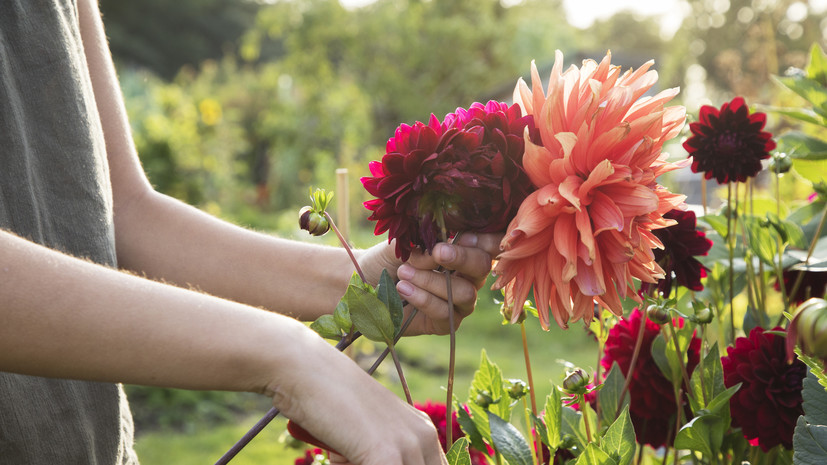“Allergies can be triggered by a variety of components of a bouquet - pollen and plant sap, soil that is used to decorate the flower arrangement, fertilizers and even dust that settles on the buds and leaves.
But usually the culprit of an allergic reaction is pollen - microscopic grains of a plant,” explained the doctor, an expert at the Gemotest Laboratory.
According to her, in most cases, allergies are caused by asters, dahlias, gerberas, chrysanthemums, daisies and gypsophila.
“They have light and abundant pollen that quickly rises into the air and settles on a wide variety of surfaces.
But calla lilies, lilies and lilacs are more likely to lead not to an allergic reaction, but to a severe headache, since their aroma is quite bright and heavy,” warned RT’s interlocutor.
In her opinion, the least dangerous flowers in terms of allergies are tulips, spray roses and daffodils.
“Their pollen is heavy and does not spread through the air as easily.
Orchids have no pollen at all - these flowers have no smell and practically do not cause allergies.
But it is worth remembering that an allergy is an individual sensitivity and it can occur even to a flower from the conditional list of non-allergenic ones,” Memetova explained.
Symptoms of an allergy to flowers are reminiscent of a cold: a person’s eyes become red, their nose is stuffy, watery eyes appear, shortness of breath, headache, itching in the eyes and nose, the doctor noted.
“At the first signs of an allergy, you should isolate the flower bouquet as quickly as possible, wet clean the room, then take a shower and rinse your nose with clean water.
If the symptoms do not subside, you need to see a doctor - he will prescribe all the necessary tests, determine the cause of the allergy and select medications that will help curb the manifestations of the allergic reaction,” the specialist concluded.
Earlier, Alexandra Soboleva, an allergist and immunologist at the medical company SberZdorovye, told RT in an interview with RT when allergy sufferers should start preparing for the spring season.

